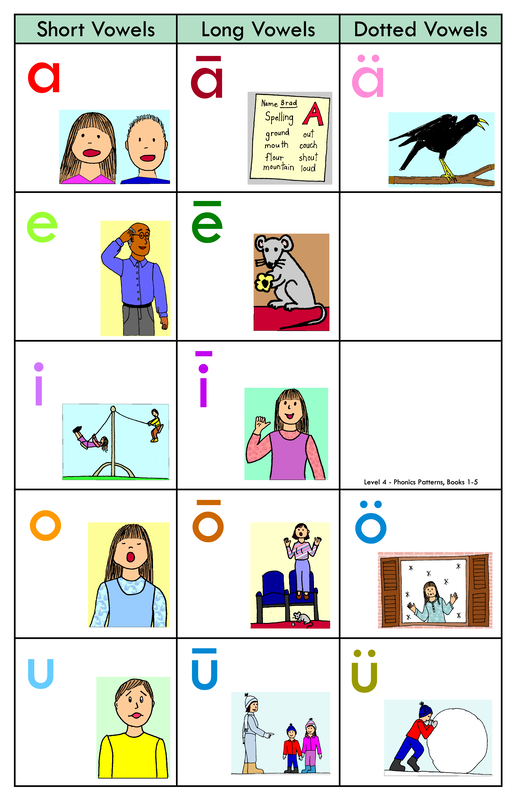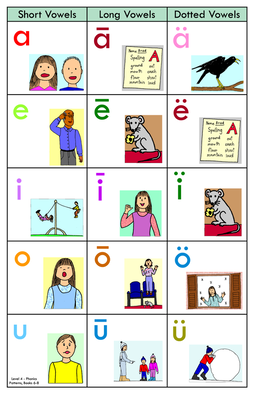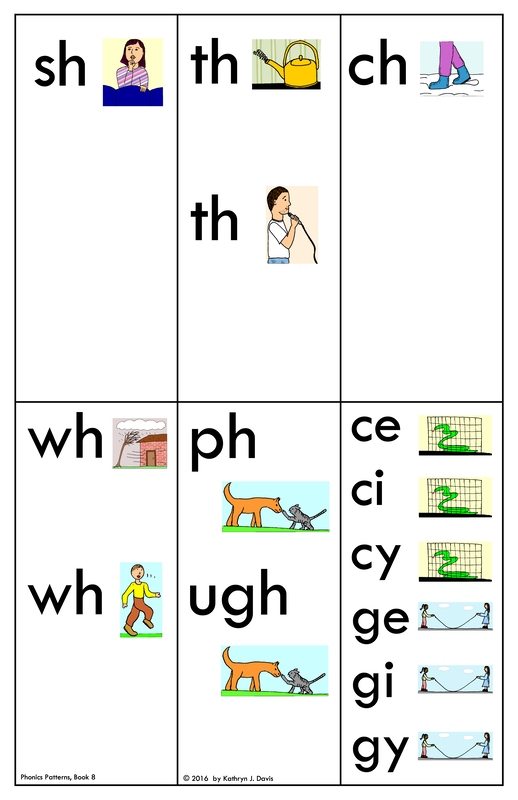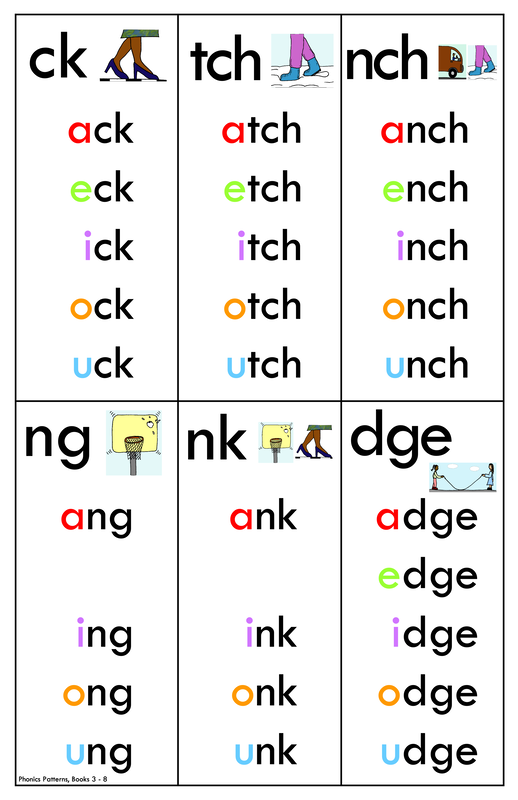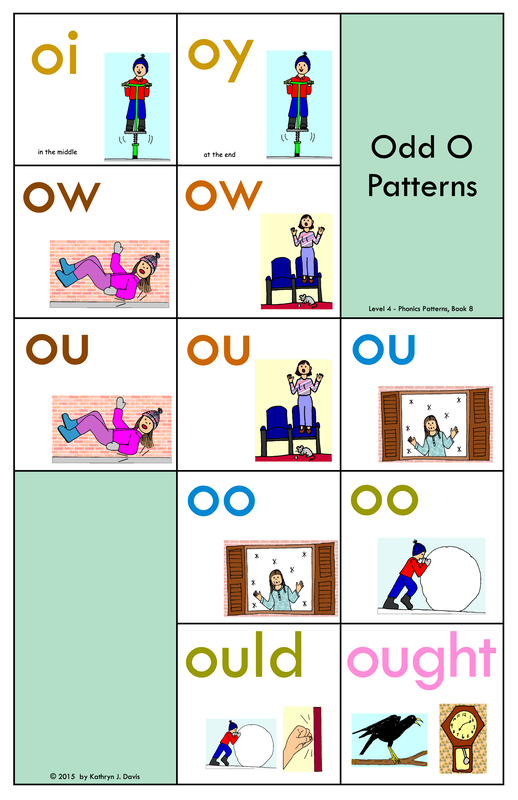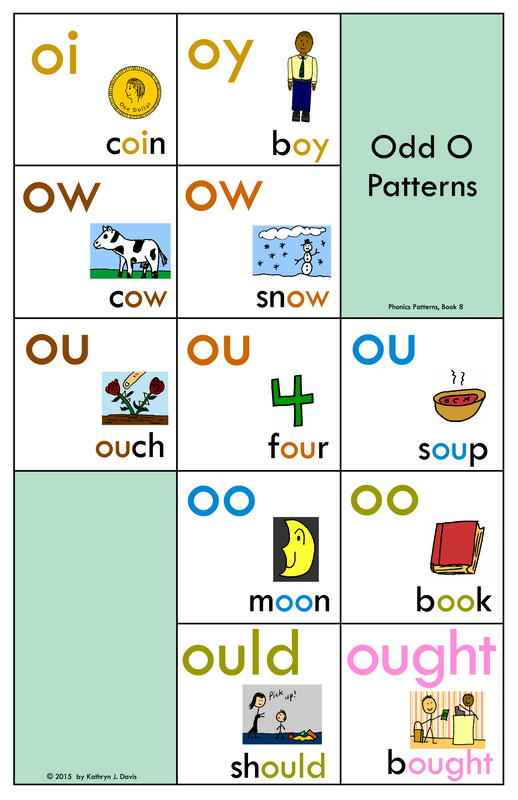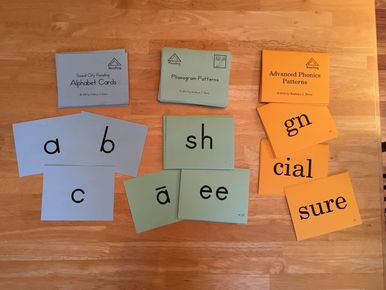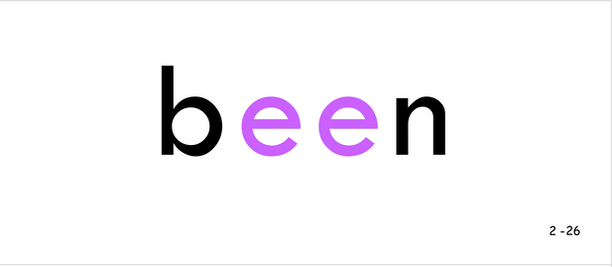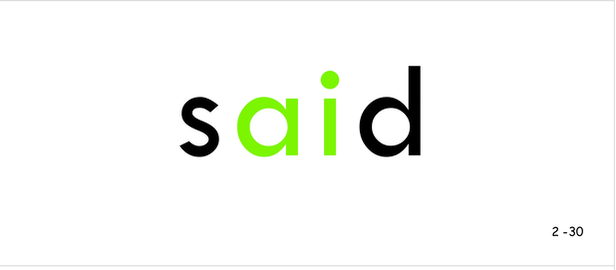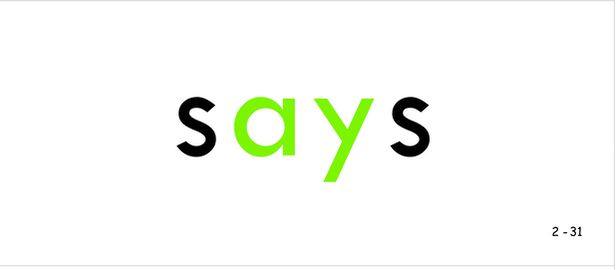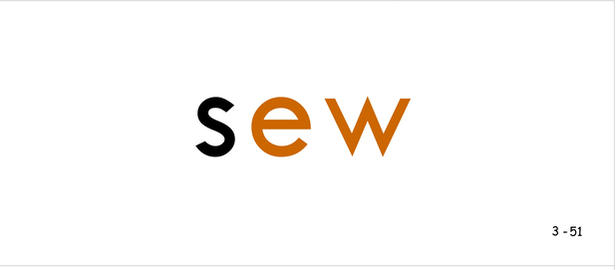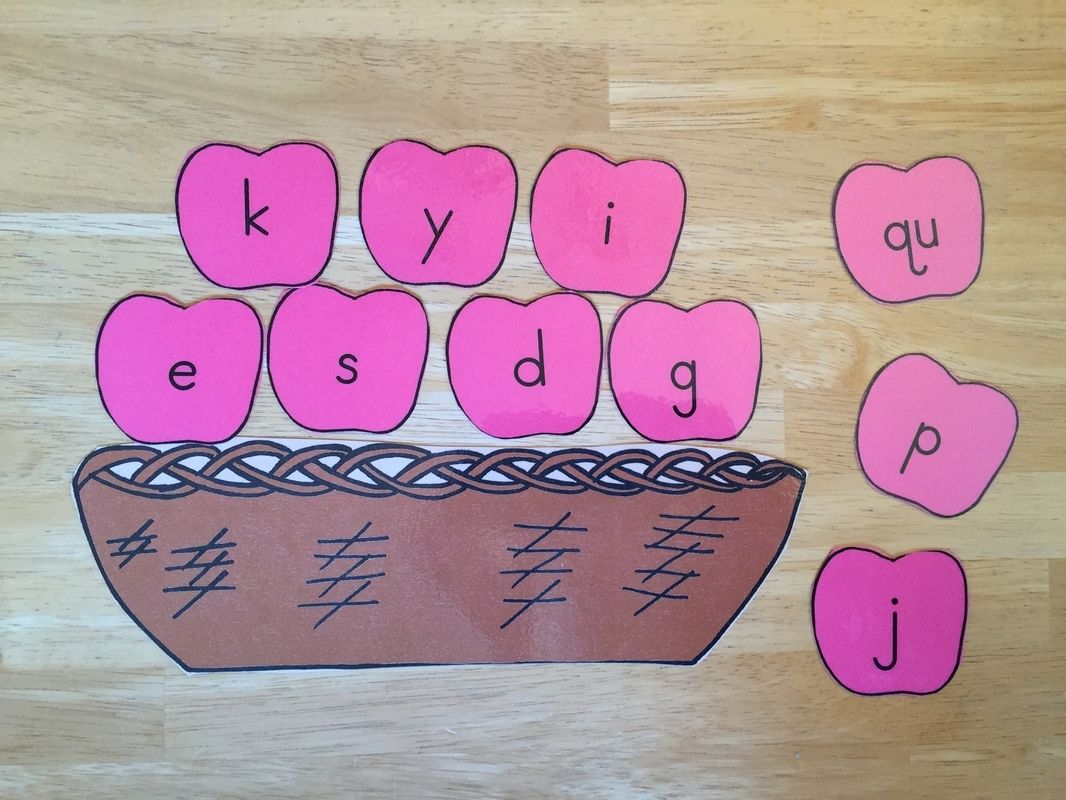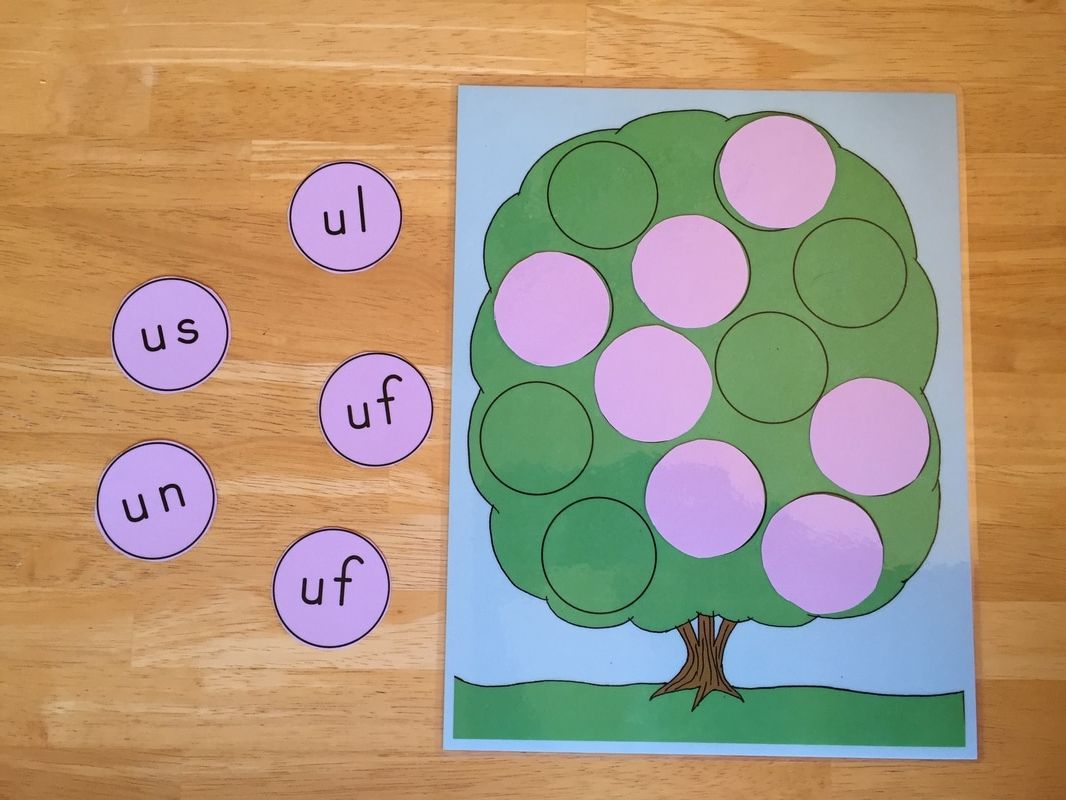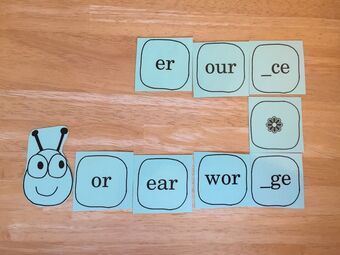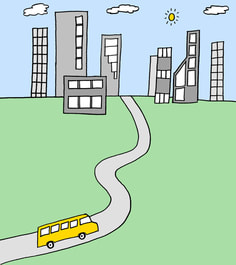If you can't see the main menu at the top of the page, you can click any of the main menu headings here:
A Sequential Phonics Program - Program Overview - PDF Files - Pictures - Audio - Video - Reading Street - Blog
A Sequential Phonics Program - Program Overview - PDF Files - Pictures - Audio - Video - Reading Street - Blog
Charts, Flashcards, And Games
Other Sound City Reading materials used at all levels include large versions of the sound charts that are in the books to hang on the wall in a classroom, letter and phonogram flashcards, and games to help students remember the alphabet and phonogram sounds. Games vary from one level to the next and are designed to reinforce the alphabet letters and phonogram patterns taught at that level.
Note: A phonogram is a written symbol that represents a sound. Letters are phonograms, and letter patterns, such as sh, th, ee, igh, and oy are also phonograms.
Large Sound Charts To Put On Bulletin Boards Or The Wall
|
In this program, students review many of the sound charts every day. This repetition helps students to remember the letters and letter patterns they must learn. The sounds charts are found at the beginning of each student's book. Sound pictures from the sound story appear with the letters and patterns to show the correct sound. These charts should be done first. Other charts show patterns with key words and pictures. These should be introduced after students are already familiar with the patterns.
At the beginning of level four, students see only a few phonics patterns on the sound charts. Some of the charts will have blank areas to hold the place for patterns that have not yet been introduced. As more patterns are taught in the subsequent books, those spaces are filled as new patterns are taught.
While individual students are able to work with the sound charts in their books, it is very helpful to have larger versions of the charts to put on the wall when working with a whole class. This way the teacher can use a long pointer to go from one pattern to the next. Students watch and say the sounds in unison. The wall charts can be used to introduce new patterns, review patterns, and point out patterns that students have forgotten so that they can remember them. I often had students stand up to say the sounds on the charts. Sometime we hopped, leaned back and forth, clapped, or performed another movement as we said the sounds.
|
Click here to go the the page that has PDF files for the large wall charts. It shows sample pages for many of the sound charts.
|
Another benefit of using wall charts is that students can use the wall charts independently as a reference while doing independent creative writing activities. If they are not sure how to spell a particular sound in a word, they can look at the charts to see all the letter patterns that represent that sound. For example, they can see that the oa, oe, o_e, ou, ow, old, oll, olt, and olk patterns can all represent the long o sound. They may see and recognize the correct pattern, or at least they will see the possible options and have a better chance of choosing the correct one.
Sound Flashcards
|
Sound cards are used daily to review the sound symbols that students have learned. This time students must remember the sound or sounds for each symbol without the sound pictures. The goal is for students to be able to say the sounds instantly when they see each card.
The cards are numbered in the order in which they are introduced. Show the cards in order each day. This predicable order will help students remember each letter or letter pattern and sound.
Sound picture cards are also available.
|
Sight Word Flashcards
In this program words that are spelled and/or pronounced in an irregular way are taught as sight words.
PDF files are available for large and small sight word flashcards. The vowels on these cards are color-coded.
New and review sight words for each level are listed near the beginning of the student books. Students can practice reading the words that have been introduced from these lists.
In most cases, a new word is introduced after students have learned phonetic words that contain the same pattern. For example, after studying phonetic words with the following patterns, students will learn any words that are not pronounced as expected as sight words. The sequence charts at levels three and four show when to introduce each sight word.
|
|
Sight words are introduced during the spelling dictation period. The teacher shows the sight word card, pronounces it, and points out the part of the word that is irregular. Students copy the new word onto their dictation papers, saying the sound for each letter or letter pattern as they write. Then, with the teacher's guidance, they mark the letter or letter pattern that is not pronounced as expected by writing a small letter above that section of the word that shows the sound that is pronounced. In some cases, one or more letters in the word are not pronounced. Students place a small x above that letter to show that it is "silent." (Adjust these instructions as needed, depending on the individual words taught.)
After students have learned a new sight word, the teacher should review it on a regular basis during the spelling dictation period and include it when possible in written sentences.
Sight word cards are reviewed during the small group rotations with the teacher. The teacher shows each word that has been taught. Students read the words.
Games And Activities
At each level there are games which provide practice recognizing and saying the letter and phonogram sounds. The games are designed to play in small groups under the supervision of the teacher. Students who are not very interested in letters and sounds often love these games and become much more focused when playing.
There are also a few activities that provide practice in various skills.
- Students build letters with circles, lines, and curves in the Letter Shape activity.
- Students match pictures to beginning sound letters in the Beginning Sound Picture Sort activity.
- Students practice putting two sounds or more sounds together smoothly in the Letter Connections activities.
- Students practice reading short vowel words in the Picture-Word Lotto file folder activities.
Not all of the games are pictured here. See the list of games below. Some games can be useful at more than one level.
|
Use with the Phonetic Words And Stories books, Basic Phonics Patterns books, or
Know The Phonetic Code books. The caterpillar body pieces are placed face down on the table. Each student takes a caterpillar head. Students take turns selecting game pieces from the table. If they can say the correct sound or sounds for the letter or letter pattern on the piece , they may place it in a row after their caterpillar head. At the end of the game, the student with the most caterpillar body pieces wins. Games To Use At Level Four
Train Game Caterpillar Game Letter Connections 2 Truck Chart Games Long Vowel City Game To Use At Level Five
Treasure Chest Game |

